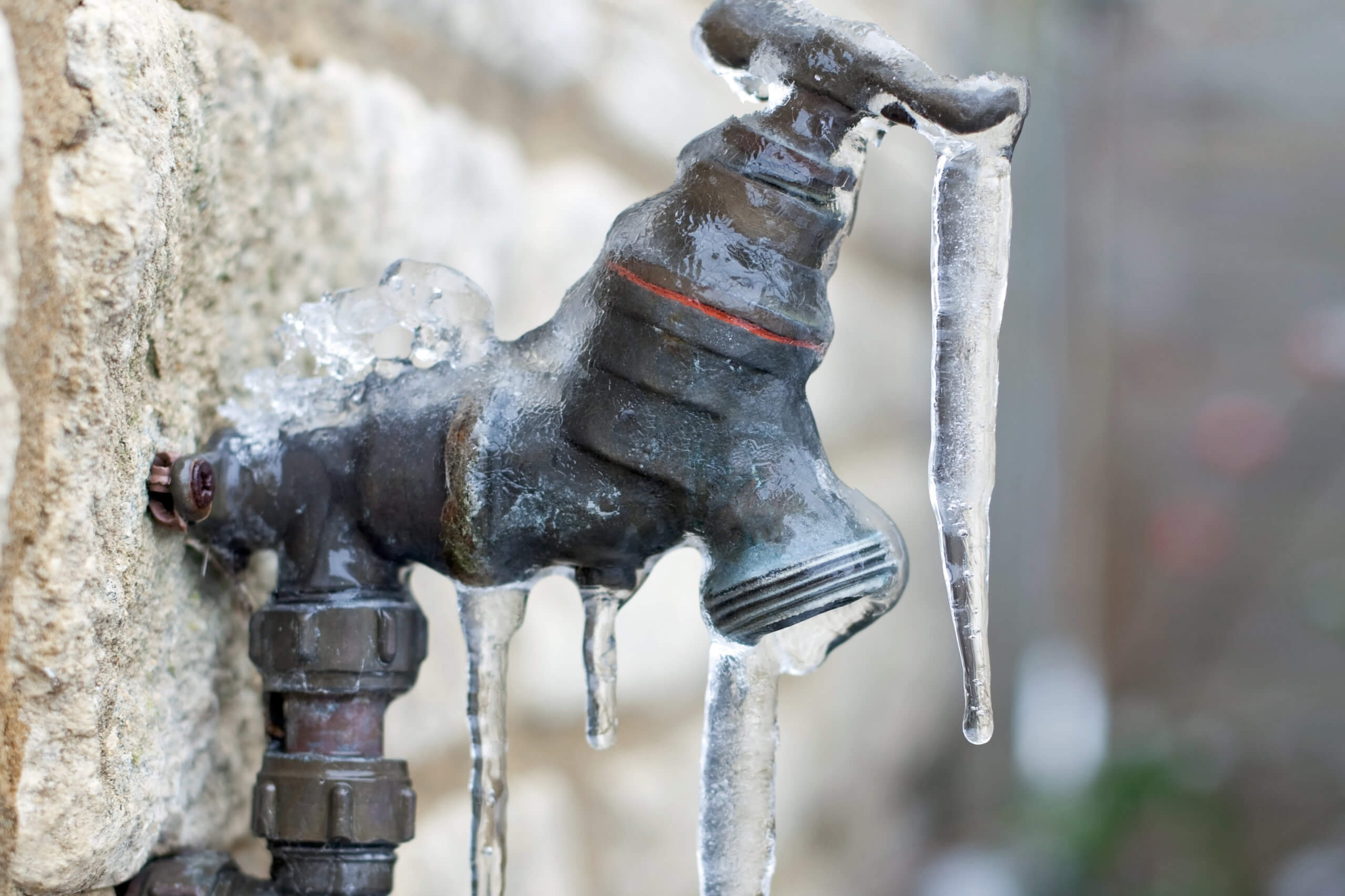Essential Tips to Prevent Frozen Pipes in Cold Weather
Essential Tips to Prevent Frozen Pipes in Cold Weather
Blog Article
We have discovered the article pertaining to How To Avoid Freezing Pipes below on the internet and felt it made sense to quickly share it with you in this article.

Winter can ruin your pipes, especially by freezing pipelines. Right here's how to prevent it from taking place and what to do if it does.
Introduction
As temperature levels decrease, the danger of frozen pipelines rises, possibly causing pricey fixings and water damages. Recognizing exactly how to avoid frozen pipelines is essential for homeowners in cool environments.
Recognizing Icy Pipes
What triggers pipelines to ice up?
Pipes ice up when exposed to temperatures below 32 ° F (0 ° C) for extended durations. As water inside the pipelines ices up, it expands, taxing the pipe wall surfaces and possibly causing them to break.
Dangers and damages
Icy pipes can bring about water system disruptions, home damage, and pricey repair work. Ruptured pipes can flooding homes and cause substantial architectural damages.
Indications of Frozen Pipes
Identifying frozen pipes early can prevent them from breaking.
Just how to determine frozen pipes
Search for lowered water circulation from taps, unusual smells or sounds from pipelines, and visible frost on subjected pipelines.
Prevention Tips
Protecting susceptible pipelines
Wrap pipes in insulation sleeves or use warmth tape to safeguard them from freezing temperatures. Concentrate on pipes in unheated or external locations of the home.
Heating strategies
Keep indoor rooms effectively heated up, specifically locations with pipes. Open up closet doors to permit cozy air to flow around pipelines under sinks.
Safeguarding Outdoor Pipes
Yard pipes and outdoor taps
Separate and drain yard hose pipes prior to winter. Mount frost-proof spigots or cover outdoor faucets with insulated caps.
What to Do If Your Pipelines Freeze
Immediate actions to take
If you think icy pipelines, maintain faucets available to soothe stress as the ice melts. Use a hairdryer or towels soaked in warm water to thaw pipes slowly.
Long-Term Solutions
Architectural modifications
Think about rerouting pipelines away from outside walls or unheated areas. Add extra insulation to attic rooms, cellars, and crawl spaces.
Updating insulation
Invest in top notch insulation for pipelines, attic rooms, and walls. Correct insulation assists maintain regular temperature levels and reduces the threat of frozen pipes.
Final thought
Stopping frozen pipelines needs positive steps and fast actions. By comprehending the causes, indicators, and preventive measures, homeowners can shield their plumbing throughout cold weather.
6 Proven Ways to Prevent Frozen Pipes and Protect Your Home
Disconnect and Drain Garden Hoses
Before winter arrives, start by disconnecting your garden hoses and draining any remaining water. Close the shut-off valves that supply outdoor hose bibs and leave the outdoor faucet open to allow any residual water to drain. For extra protection, consider using faucet covers throughout the colder months. It’s also important to drain water from any sprinkler supply lines following the manufacturer’s directions.
Insulate Exposed Pipes
Insulating your pipes is an effective way to prevent freezing. Pipe insulation is readily available at home improvement stores and is relatively inexpensive. Pay close attention to pipes in unheated areas such as the attic, basement, crawl spaces, or garage. Apply foam insulation generously to create a buffer against the cold. You can also wrap your pipes in heat tape or thermostat-controlled heat cables for added warmth.
Seal Air Leaks
Inspect your home for any cracks or openings that could let in cold air. Seal any holes around the piping in interior or exterior walls, as well as the sill plates where your home rests on its foundation. Additionally, make sure to keep your garage door closed unless you’re entering or exiting. Leaving it open creates a significant air leak that can lead to frozen pipes.
Allow Warm Air Circulation
During cold snaps, it’s essential to allow warm air to circulate evenly throughout your home. Leave interior doors ajar to promote better airflow. Open kitchen and bathroom cabinets to help distribute heat consistently around the rooms. If you have small children or pets, be sure to remove any household chemicals or potentially harmful cleaners from open cabinets for safety.
Let Faucets Drip
A small trickle of water can make a big difference in preventing ice formation inside your pipes. When temperatures drop significantly, start a drip of water from all faucets served by exposed pipes. This continuous flow helps prevent the water from freezing. Additionally, running a few faucets slightly can relieve pressure inside the pipes, reducing the chances of a rupture if the water inside does freeze.
https://choateshvac.com/6-proven-ways-to-prevent-frozen-pipes-and-protect-your-home/

Do you appreciate reading up on How to prepare your home plumbing for winter weather? Try leaving feedback directly below. We'd be happy to know your views about this write-up. We are looking forward that you come back again in the future. Sharing is caring. You just don't know, you may be doing someone a favor. We enjoy reading our article about How to Prevent Your Pipes From Freezing.
Estimate Free Report this page